Feature 6 min read
Despite rising energy prices EV drivers still pay much less than ICE users
It won’t have escaped your notice that the cost of household energy is about to go through the roof. From April 2022, and largely thanks to the UK’s antiquated reliance on fossil fuels, the energy price cap is set to increase by £693 – and this is affecting EV drivers.
Why do gas prices affect electricity costs?
The major reason behind the rise in energy prices is largely down to the wholesale cost of gas going up. Here in the UK we use an inordinate amount of the stuff and most of it is imported. However, a mixture of a cold winter last year, a windless summer meaning turbines weren’t contributing as much to the grid, and increased demand from other markets has pushed the price up significantly.
You might be wondering why this will make charging your car with electricity more expensive. Quite simply around 35 per cent of our electricity comes from burning gas. If power companies are paying more for the fuel that helps them generate electricity, the cost of the electricity itself is going to go up.

How much will it now cost to charge an EV at home?
The maximum that an energy company can charge for domestic electricity is going to rise from £0.21 per kWh to £0.28 per kWh. It’s not a gargantuan increase in the scheme of things, but charging a 60kWh battery from empty to full will increase from £12.60 to £16.80 – a very noticeable jump.
Over one year an EV driver could end up spending almost £220 more to charge using our scenario. This is based on averaging a conservative 200 miles to that charge and charging once per week. And that’s just the outright cost of charging here; it’s also wise to remember that the daily standing charge cap is going up from almost 25p to over 45p.
What about public charging?
It’s already significantly more expensive to charge in public than at home in most cases, though it is extremely variable. Some charging companies, such as BP Pulse, will offer a rate below £0.20 per kWh for their 7.4kWh chargers using pay-as-you-go, meaning our 60kWh EV could be charged for around £12.
Other providers will offer lower prices still if you subscribe to their network (a cost in itself), or will charge a rate for the time you are using the charger.
At the rapid end of the charging spectrum, IONITY will charge around £0.69 per kWh meaning a cost of over £41 to charge our EV. The benefit, however, is that it would take around 15 minutes for a full charge.
To boil this down, public charging pricing is disparate and remains confusing. With regards the wider price increases we have seen various public charging suppliers announcing higher prices.
How can EV drivers reduce their costs?
Despite the fact that overall increases in electricity are going to be impossible to avoid, searching for an EV-friendly variable rate tariff can make a big difference. Compared to a few years ago, these are becoming scarcer – thanks to a combination of energy companies going bust and the wholesale cost increase of electricity – but they’re worth hunting around for.
For example, it is possible to get tariffs that drop the unit cost of electricity below £0.10 per kWh overnight. If EV owners schedule their car to charge during this time they could save a huge lump of money with our 60kWh battery costing just £6 to charge in this scenario.
Some public charging provided by retailers, hotels or the like will continue to be free, but our suggestion is to make the most of it while it lasts. It’s also worth remembering that free charging is often very slow charging. Nonetheless, it’s still useful though our overall advice is to maximise home charging over topping up in public wherever possible.
Of course, the best way of saving money on charging is to simply think harder as to whether a journey needs to be made by car – or full stop – in the first place.
Bear in mind…
Regardless of what EV you drive, unless you are habitually using the most expensive public chargers you are still going to be significantly better off than somebody driving a petrol or diesel-powered car. Petrol and diesel prices are at a record high, costing 148p per litre for petrol and 151.57p per litre on average for diesel across the UK.
Filling a 55 litre petrol tank costs £81.41 according to the RAC and, assuming careful driving, a car might achieve 540 miles before needing more fuel. This equates to 15p per mile on fuel compared to less than 1p per mile for our 60kWh EV being charged for £16.80 and achieving 200 miles on a charge.
Erosion of grants
The government, as it stands, talks a lot about net zero and green ambitions, but it does not walk the walk.
It has already eroded the plug-in car grant down from £3500 a couple of years ago to £1500 on cars below £35,000. Only around 20 models now qualify for the grant and it means most EVs are already costing £1500 more than they were a year ago before you even drive it away from the forecourt.
From April, the government is also really helping to push the green agenda by scrapping the £350 grant that helps reduce the cost of getting a home charger installed (note: sarcasm) for those living in detached, semi-detached or terraced properties. Realistically, this means that the game is already up at the time of writing as most installers will already be more-or-less fully booked until April.
The grant will remain for a much smaller pool of EV buyers who live in flats or who rent. For this pool, there is also a far smaller chance they’ll be able to (practically) take advantage of the grant. Of course, the government knows this and it is a calculated money saving exercise at the expense of consumers and – frankly – the planet.
Don’t despair
Whilst there are more barriers to buying an EV in terms of a lack of grants and the rising cost of electricity, they can still be had for very competitive prices on lease or finance. Manufacturers are consistently stepping up to smooth the way for people where the government erects barriers by dropping prices and adding new models that allow people to take advantage of the grants that remain.
EVs are also significantly cheaper to run than an internal combustion car, requiring less maintenance and – as per our calculations above – far less expenditure on fuel. VW compared the cost of an ID.3 Life vs a diesel Golf 8 Life. Covering 15,000 miles per year and including the cost of finance, they found that the ID.3 was almost £80 per month cheaper over two years.
So don’t despair; if you can afford it, you will begin to save money almost immediately.

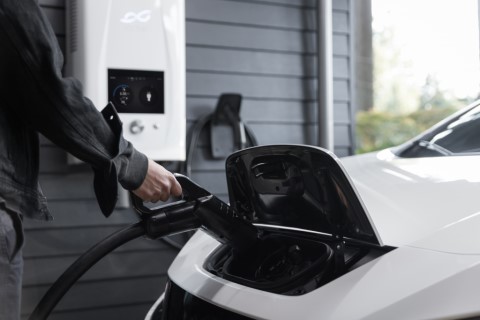
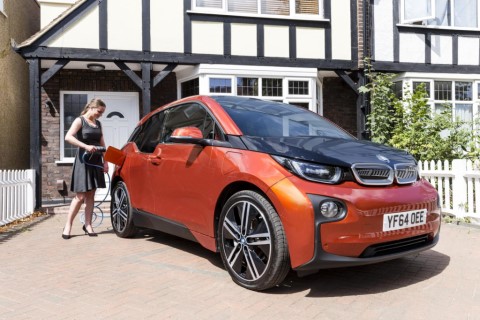
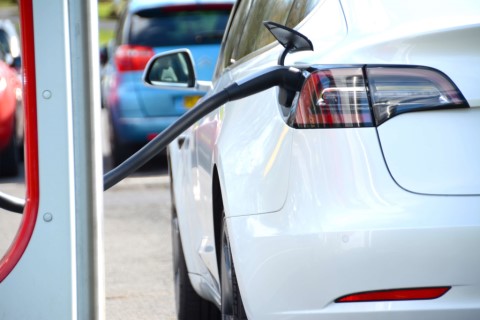
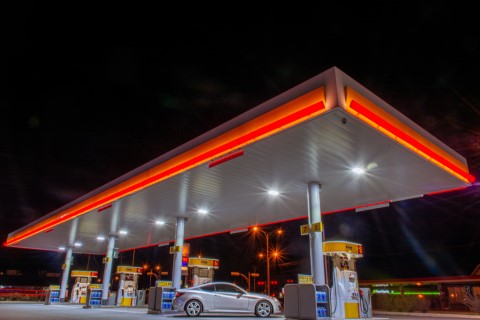
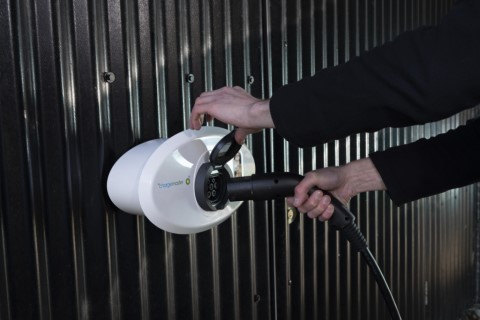 Cuts to Plug-in Car Grants
Cuts to Plug-in Car Grants 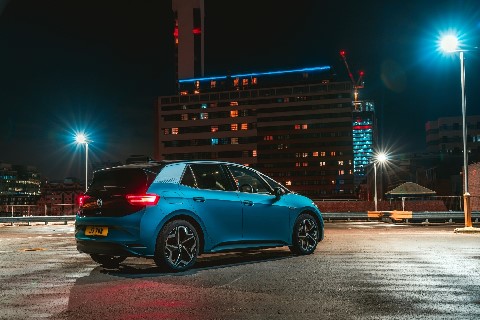

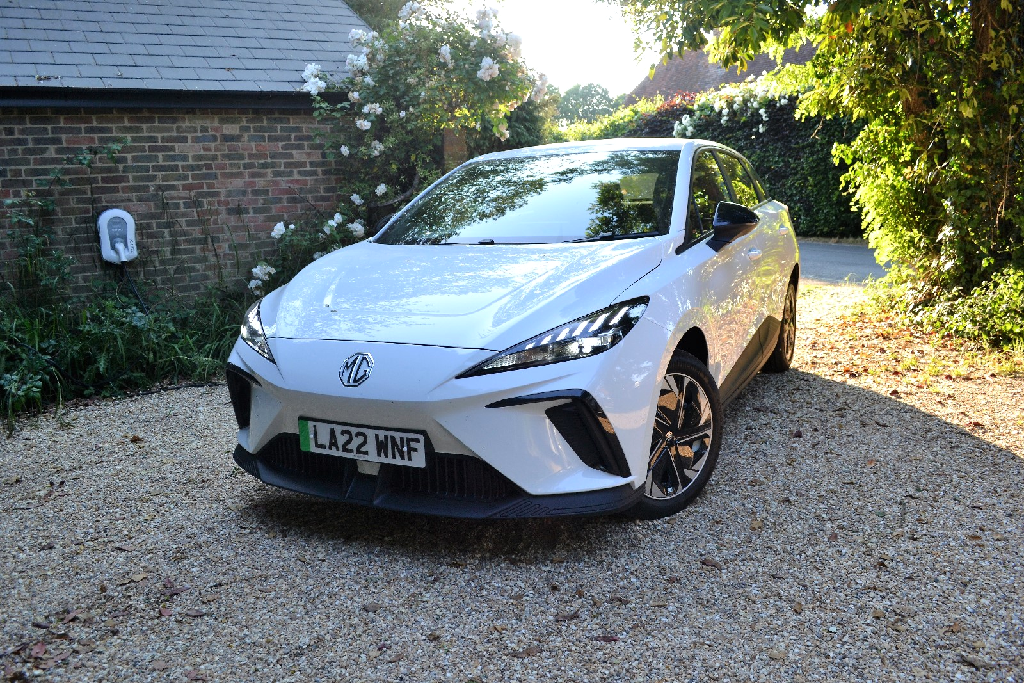
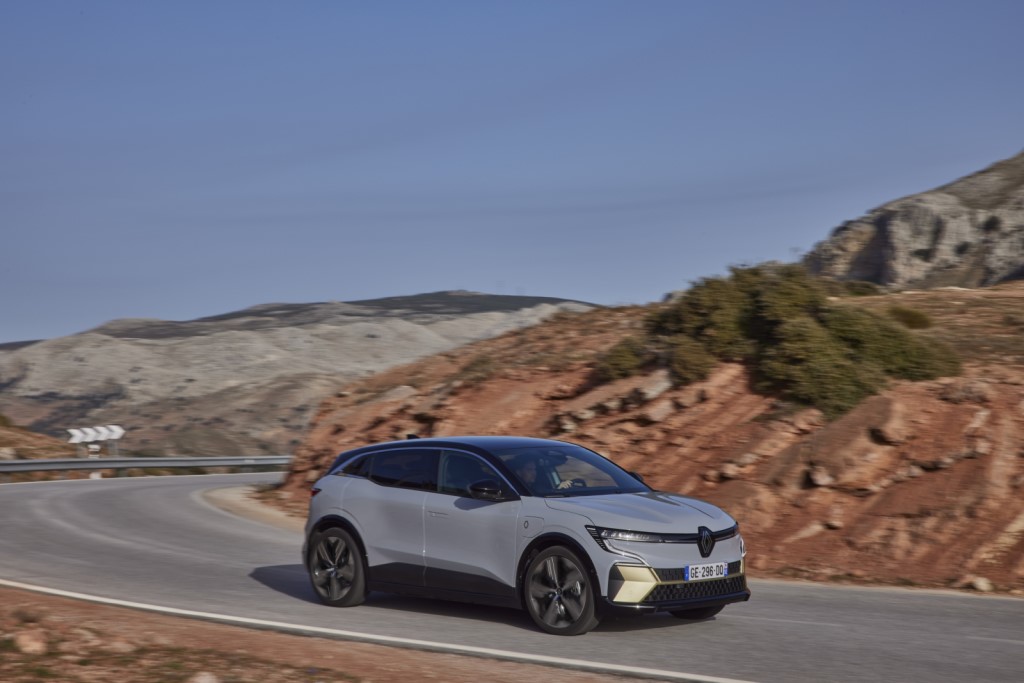
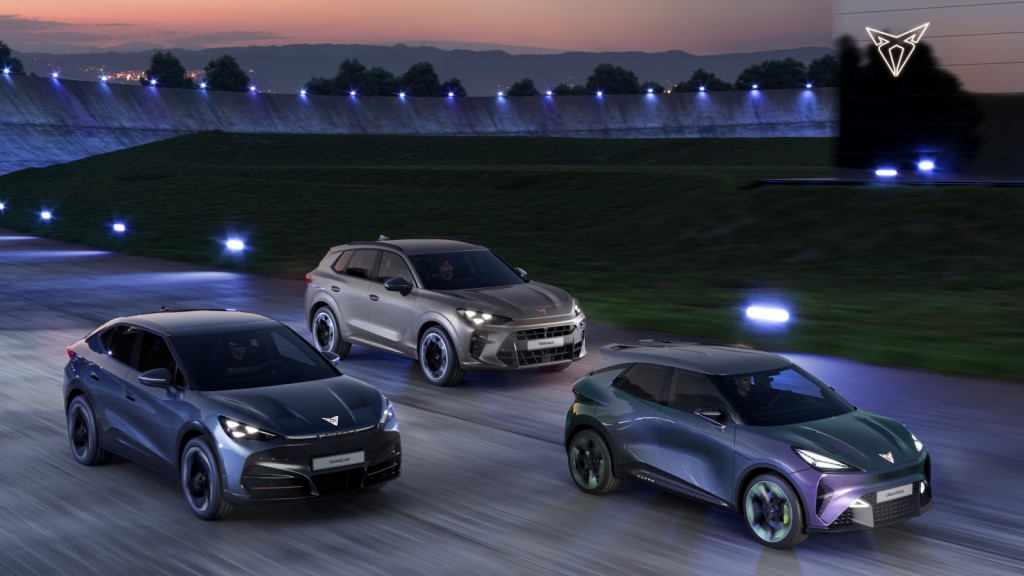
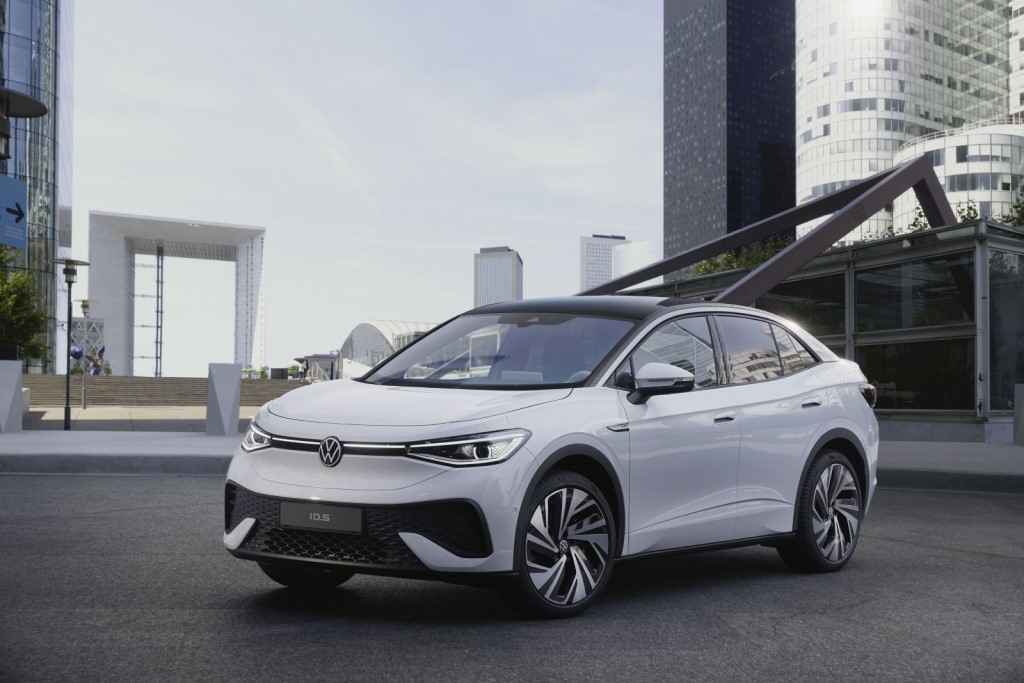
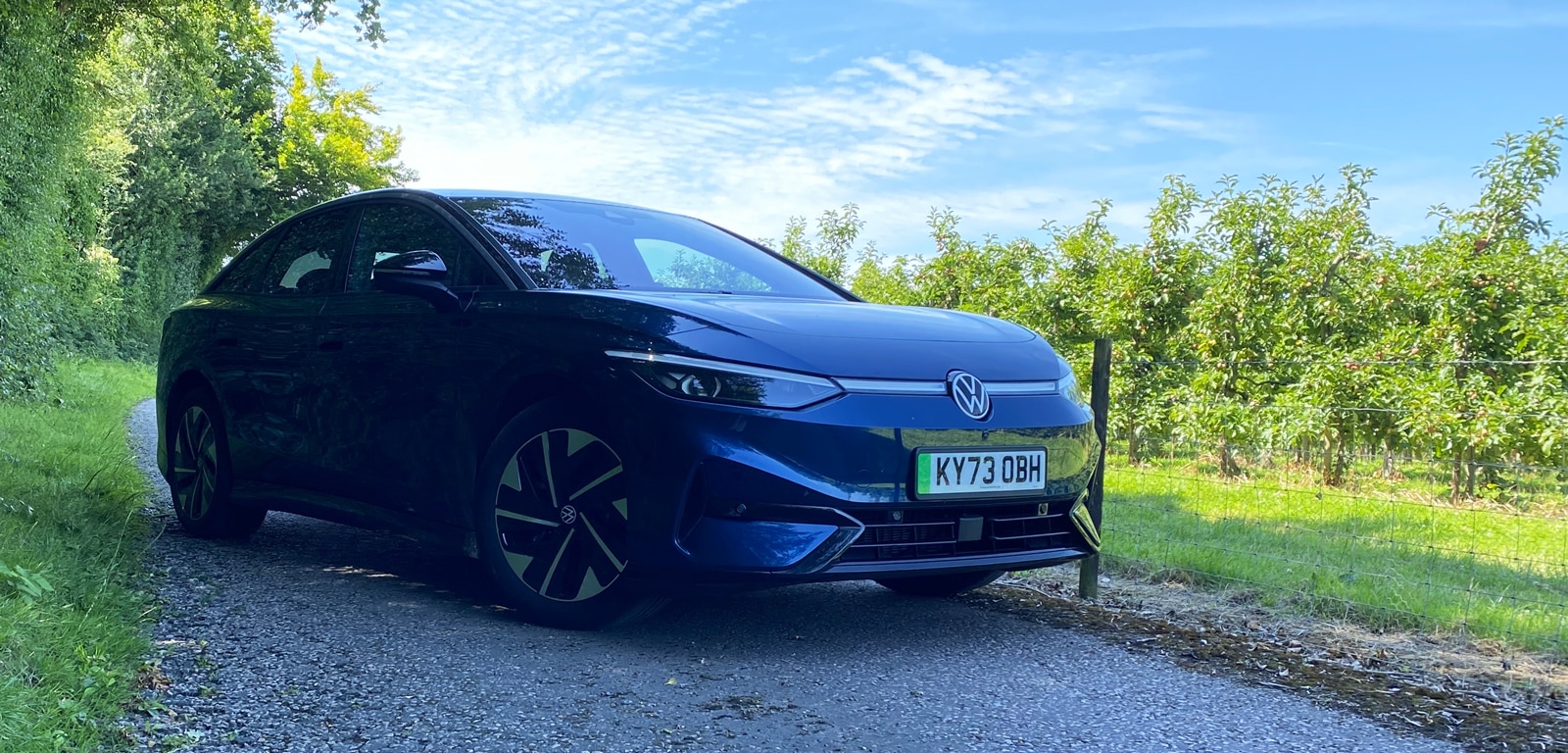
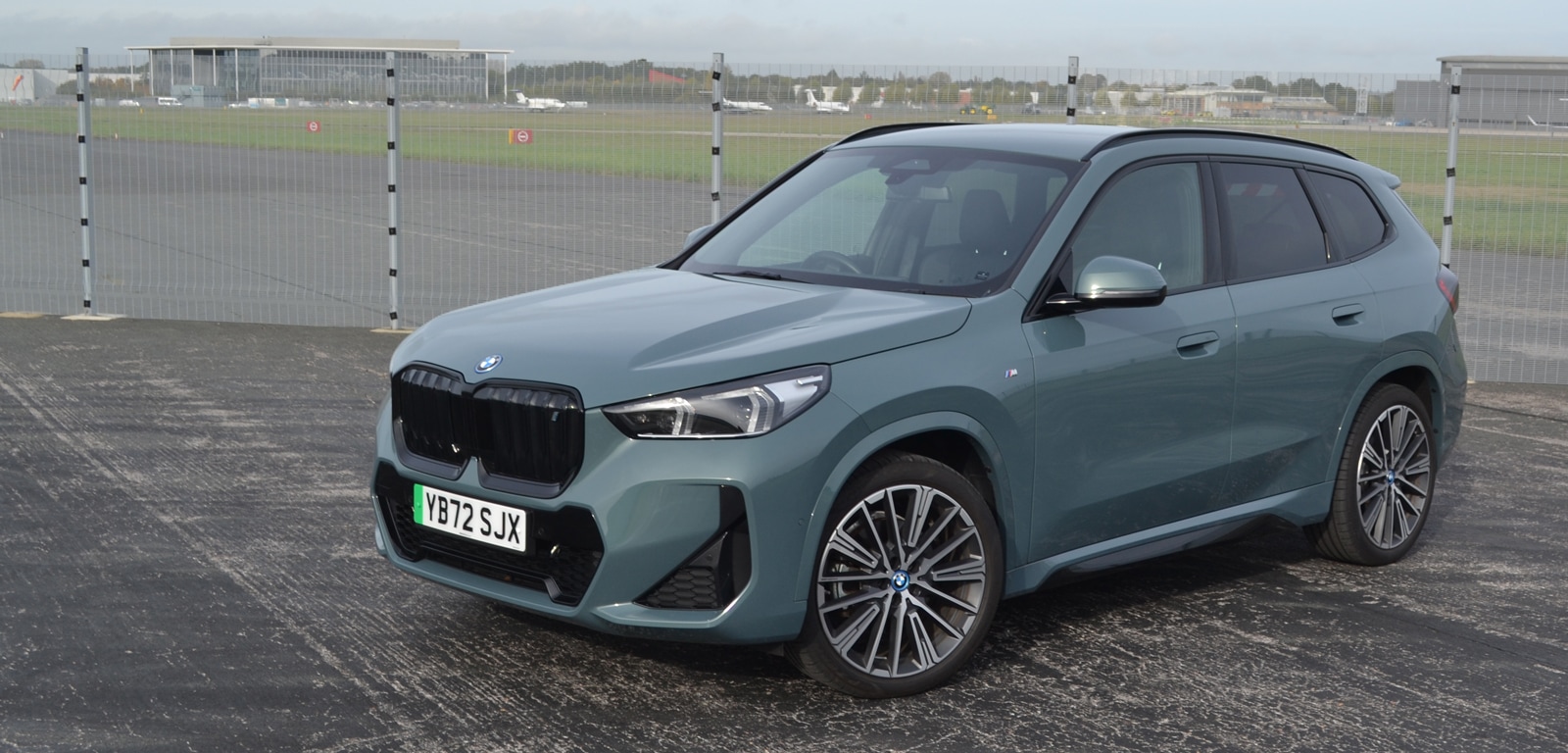

Comments (0)
Be the first to write a comment
Login/ Signup